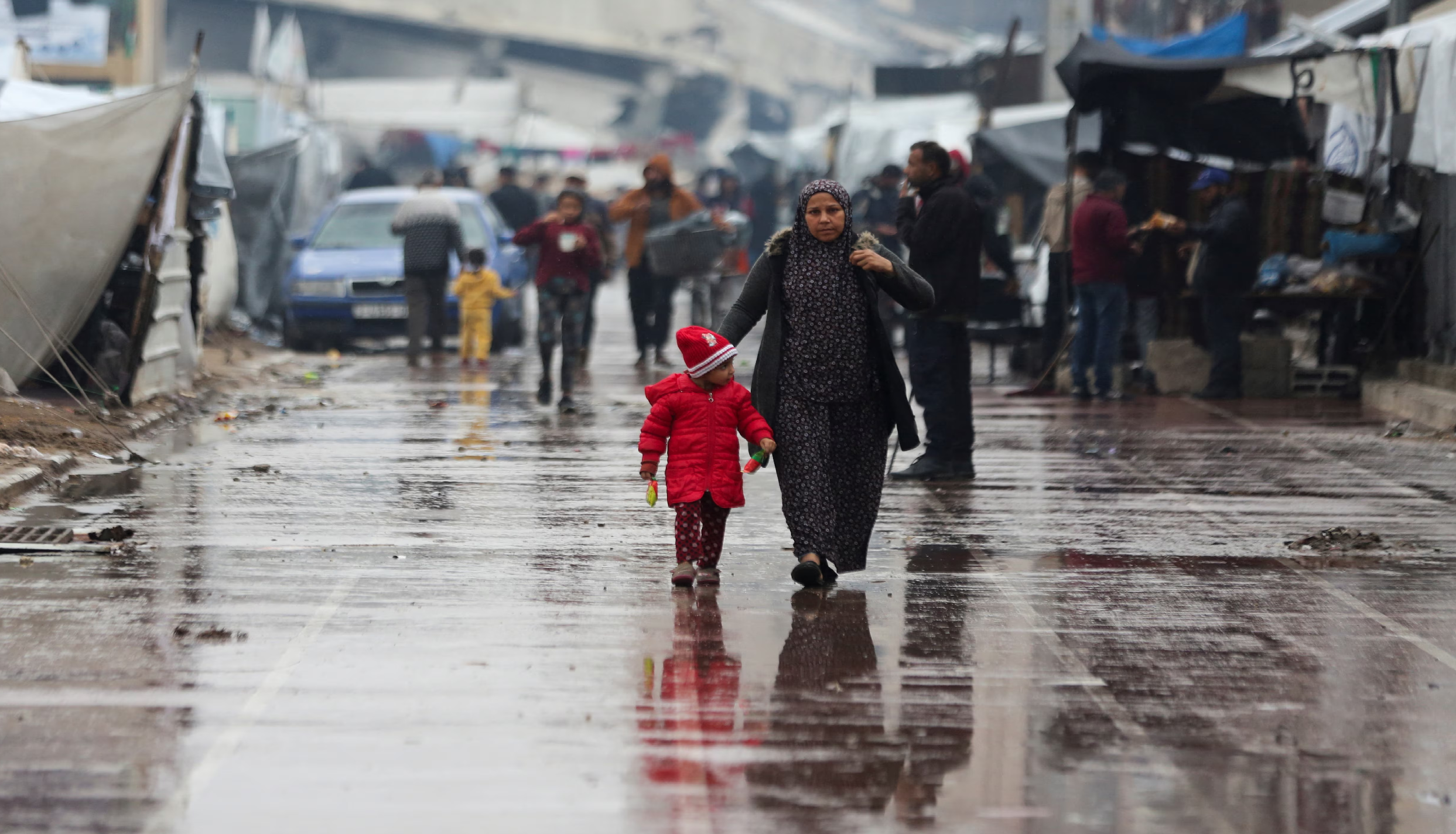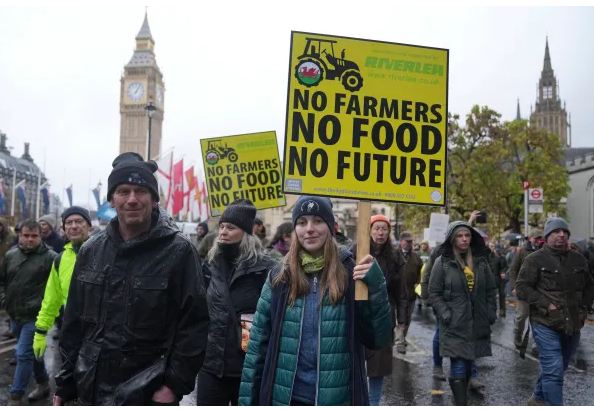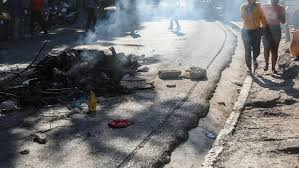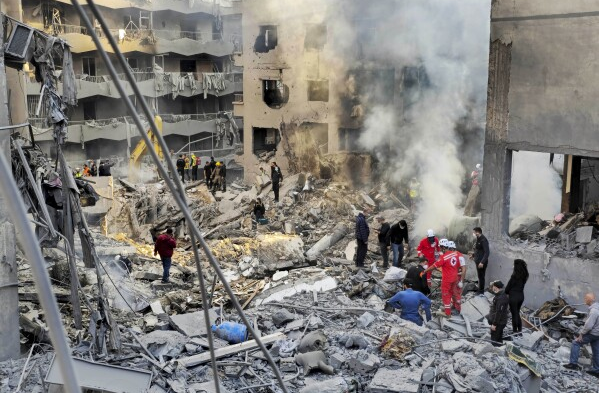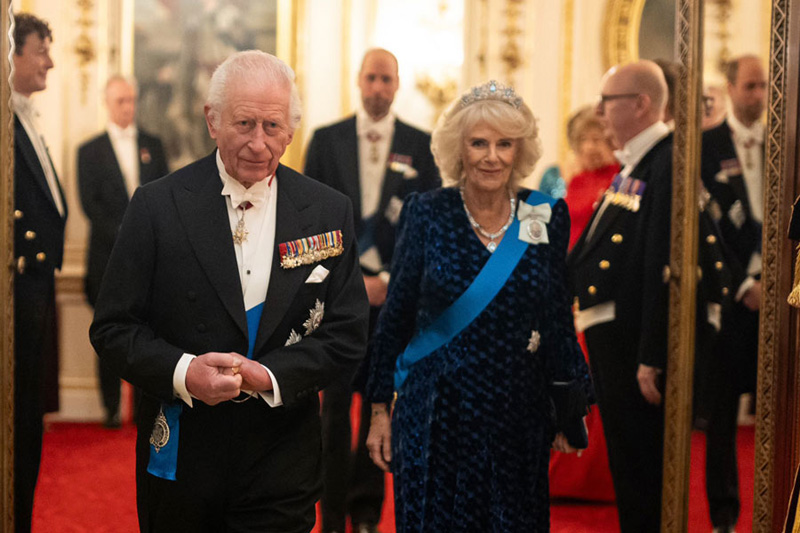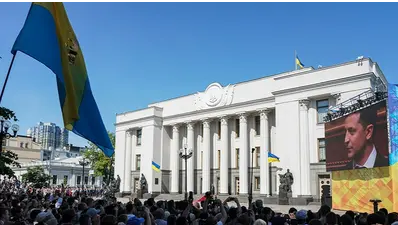
Palestinians forced to repeatedly relive catastrophe
Maqsood Maniyar | NT
Tel Aviv, Gaza Strip: As Israel indiscriminately bombs Gaza again and the death toll in the tiny strip crosses 3,000, including more than 700 children, crucial context is lacking in most reportage and commentary.
For instance, few point out that Israel has besieged the 12 km wide and 41 km long Gaza by land, sea and air for more than 16 years, besides controlling all movement in and out of the strip.
The strip is also home to about 2.3 million people, roughly half of whom are children.
Roots of zionism
Zionism, an ideology that regards Jews as a separate race that deserves their 'own' state emerged in the late 19th century.
From 1882 onwards, thousands of Jews from Eastern Europe and Russian Jews, mostly Ashkenazi, poured into Palestine to escape from pogroms. In 1896, Vienna-based journalist Theodore Herzl published a pamphlet called “Der Judenstat” (The Jewish State).
The Zionists settled on Palestine as the location since it was a holy land supposedly given to Jews by God. Palestinian Jews or Yishuv amounted to three per cent in the late 19th century.
The Ottomans lost control of Palestine in 1914 and the British and French divided up the region among themselves under the SykesPicot treaty of 1916. From 1916 to 1947, the British mandate for Palestine reigned.
British give away
Palestine The British made the Balfour Declaration in 1917 (after British Foreign Minister Arthur Balfour) promising the “establishment in Palestine of a national home for the Jewish people”.
After 1919, Jewish immigration to Palestine shot up significantly. In 1920, the Jewish militia Haganah was set up. By 1935, the Jewish population of Palestine had increased to 27 per cent, accomplished by acquiring land from absentee landlords and ousting thousands of Palestinians living on them.
Upwards of 50,000 Jews arrived in Palestine by 1936 due to Nazi rule.
Armed revolt against colonial rule
Unable to stomach the loss of land and displacement, Palestinians launched an armed uprising against the British in 1936. By 1939, the British crushed the revolt, displacing 9,000 more Palestinians.
By then nearly 10 per cent of the Palestinian male population had been killed, injured, exiled or jailed. By 1944, Zionist terrorist groups declared war on the British due to their restriction of Jewish immigration into Palestine.
In 1946, the Zionist terrorist group Irgun bombed the King David Hotel in Jerusalem, which killed 91. In 1947, the British declared they would be vacating Palestine.
On November 29, the UN adopted a resolution recommending the partition of Palestine into Jewish and Arab states. Jews, who had controlled less than six per cent of Palestinian land, were allocated 55 per cent of the land, including Arab-majority cities, farmlands and the coastline from Haifa to Jaffa.
Palestinians rejected the plan. A war then broke out between Palestinian and Zionist militias. The latter being battle-hardened fighting alongside Britain in the Second World War won and began ethnic cleansing of Palestinians.
Naksa proves to be deja vu
As a consequence of the 1967 Arab-Israeli war, Israel displaced a further 430,000 Palestinians to neighbouring Jordan, Syria and Egypt, in what came to be known as the Naksa or the setback.
Israel now occupied the Palestinian territories like Jordan-controlled West Bank, East Jerusalem and Egypt-ruled Gaza, giving them control of 85 per cent of Palestine.
Today, three million Palestinians in East Jerusalem and West Bank face home demolitions and as more than a hundred illegal Jews only settlements have come up in the latter region.
About 1.8 million Palestinians live as second class citizens in Israel under more than apartheid 50 laws.
About 7.98 million Palestinian refugees are internally displaced and 6.14 million more refugees live outside Palestine and are denied the right to return.
Nakba clears the way for Israel
About 750,000 of the 1.9 million Palestinians (a fourth of them) were displaced by Zionist terrorist groups between 1947 and 1949, an event that came to be known as the Nakba, Arabic for catastrophe.
The Zionists took control of about 78 per cent of Palestine, clearing about 530 villages and cities, killing around 15,000 Palestinians, carrying out more than 70 massacres.
May 15, Israeli independence day came to be known as Nakba day to Palestinians.
 English daily published in Bengaluru & Doha
English daily published in Bengaluru & Doha

